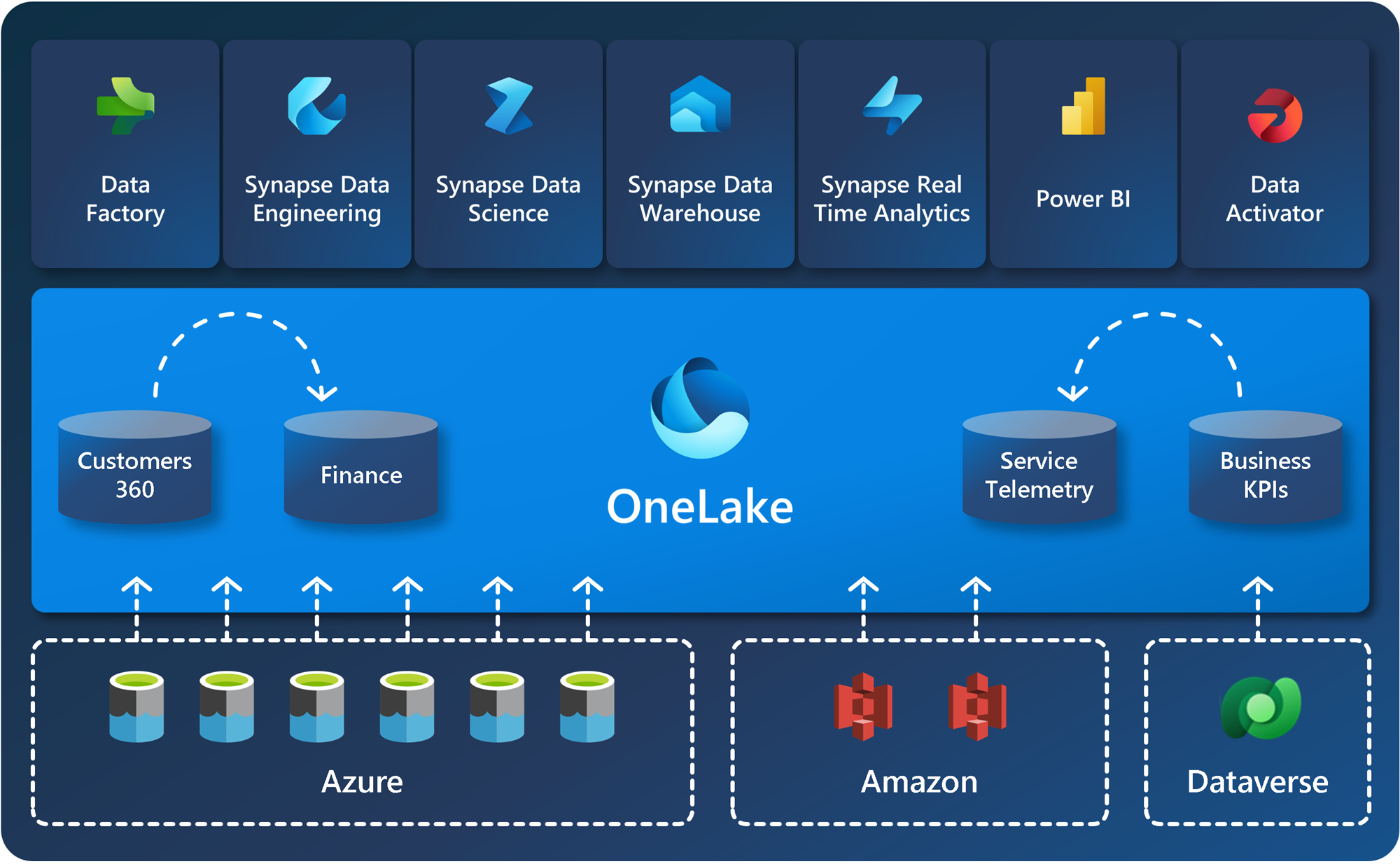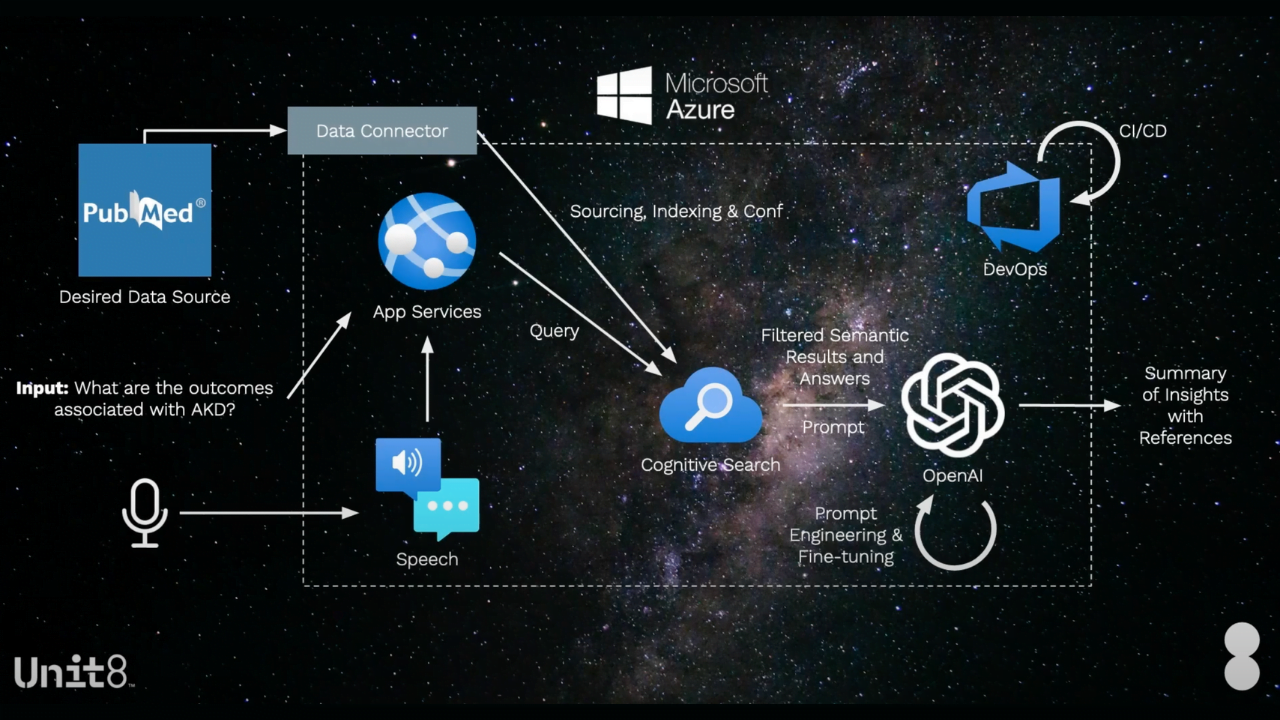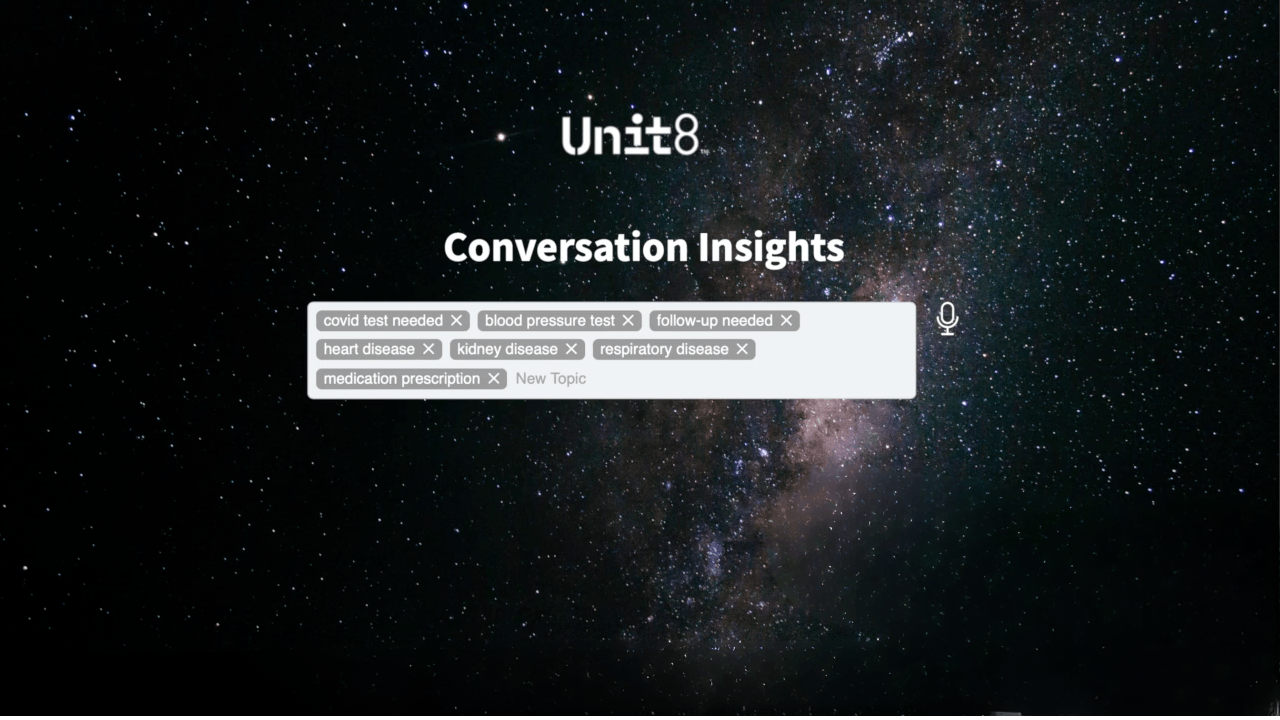
- Jun 17, 2024
- 5 minutes
-
 Agata Zdunek
Agata Zdunek
As organizations collect data from various sources, they require robust platforms that can handle everything from data ingestion to complex analytics. Comprehensive data platforms come into play here, providing the necessary tools to turn raw data into actionable insights. Among these platforms, Microsoft Fabric stands out as the newest solution designed to meet the diverse needs of modern enterprises.
Microsoft Fabric is a comprehensive analytics solution designed for enterprises, encompassing various functionalities, including data movement, data science, real-time analytics, and business intelligence. The Software as a Service (SaaS) approach ensures a seamless experience, allowing businesses to harness the power of analytics without the complexities typically associated with traditional solutions.
Who Can Benefit from Microsoft Fabric?
As a tool, Microsoft Fabric is designed to provide a user-friendly experience for individuals in various data-related roles, such as:
- Data Analysts
- Data Engineers
- Business Analysts
- SQL Developers
- Database Administrators
- Solution Architects
- Data Scientists
- Project Managers
The platform is tailored to meet their specific needs and allows them to connect and collaborate with one another effortlessly. Microsoft Fabric provides a unified platform for everyone, making collaboration and communication more efficient.
Key Features and Integrations
Being an all-in-one platform often means it is challenging to move to something else once you start using it. The big advantage of Microsoft Fabric is its ability to integrate with multiple systems. Key integrations include:
- Azure Data Lake Storage Gen2
- Amazon S3 Bucket
- Google Cloud Storage

https://learn.microsoft.com/en-us/fabric/onelake/onelake-overview
Developers can easily connect to these data sources using Shortcuts. It is a powerful feature of Microsoft Fabric that allows access to the data without the need to copy it. Shortcut is a key feature that allows enterprises to use modern tools for data processing without a need of data movement. Users can now query data stored in multiple systems through a one constant fabric interface. Previously creating a Data Lake was a long process because of the time needed to copy the data from one storage to another. Shortcuts make it possible to create a data lake efficiently and to avoid problems with data duplication. Overall it helps to improve data maintenance.
Additionally, Microsoft Fabric supports integration with popular tools such as:
- dbt
- Fivetran
- Informatica (currently in Private Preview)
- Neo4j
One can use a dbt adapter for Microsoft Fabric to create dbt projects and then deploy them to a Fabric Synapse Data Warehouse. If someone requires a star schema, they can use the one they already deployed in Snowflake and then copy the data to Microsoft Fabric or connect to the Snowflake database from Power Query Online. These integrations highlight the versatility and connectivity of Microsoft Fabric.
Why Now is the Right Time to Start with Microsoft Fabric
It is the right moment to start exploring Microsoft Fabric capabilities, especially with multiple features in the preview. This provides an opportunity to give feedback that can result in a product better suited to one’s needs. So far, it seems that Microsoft Fabric is a powerful platform ready to meet multiple needs.
A Platform is still under development
While the statement about Microsoft Fabric being an all-in-one platform is true, there are still a few things to consider before using it for production data. As it is still a new product, it is missing some certifications. While ISO 27001, 27701, 27017, 27018, and HIPAA are already there, for example, FedRAMP Certification is expected in Winter 2024. For some industries that work with sensitive data, having all of the safety certifications may be a requirement to choose Microsoft Fabric for processing production data.
It is also worth checking which exact features one is going to use, as some of them are available with at least F64 capacity. Even if one doesn’t plan to start with such a big capacity, they may be forced to do so. However, it is only a matter of time for the platform to have all of the certifications, so it shouldn’t be an argument against exploring Microsoft Fabric capabilities.
Community & Development
Even though many features are still under development and not all of the connectors are available yet, Microsoft Fabric already has a great community. The first Microsoft Fabric Community Conference happened this year (2024). Features like workspace folders, Trusted Workspace Access, Managed Private Endpoints, CI/CD for Fabric Data Pipelines, or Copilot in Fabric were announced to be currently in preview. This shows that the goal of Fabric is to bring not only technology together but also people.
Feedback from our customers
A few of our customers already started their Fabric journey. Some are quite advanced and are already onboarding production workflows on the new platform. Others are still assessing the solution and planning how to integrate it with their wider data & analytics ecosystem.
One of the feedback that we are hearing is that the variety of services that Fabric offers is confusing for users. For example should they use ‘Dataflow’, ‘Data pipeline’ or ‘Data workflow’ for their data processing.
If you are also asking yourself similar questions, please reach out to us. We will be more than happy to assist you with the right choice.
Conclusion
Microsoft Fabric is a remarkable innovation designed to provide a seamless and delightful experience for individuals across various data-related professions. The platform’s intuitive design and user-friendly interface make it accessible and enjoyable for users of all backgrounds and expertise levels.



